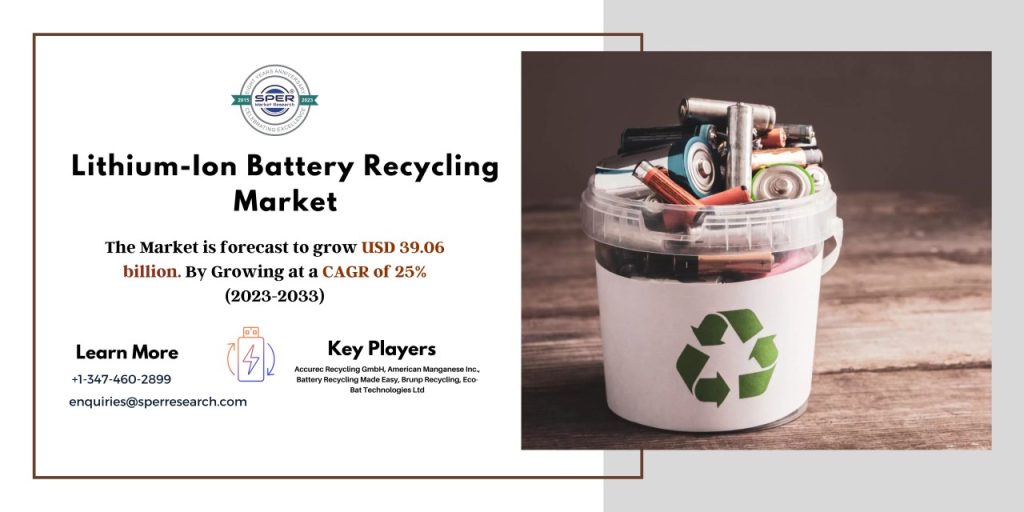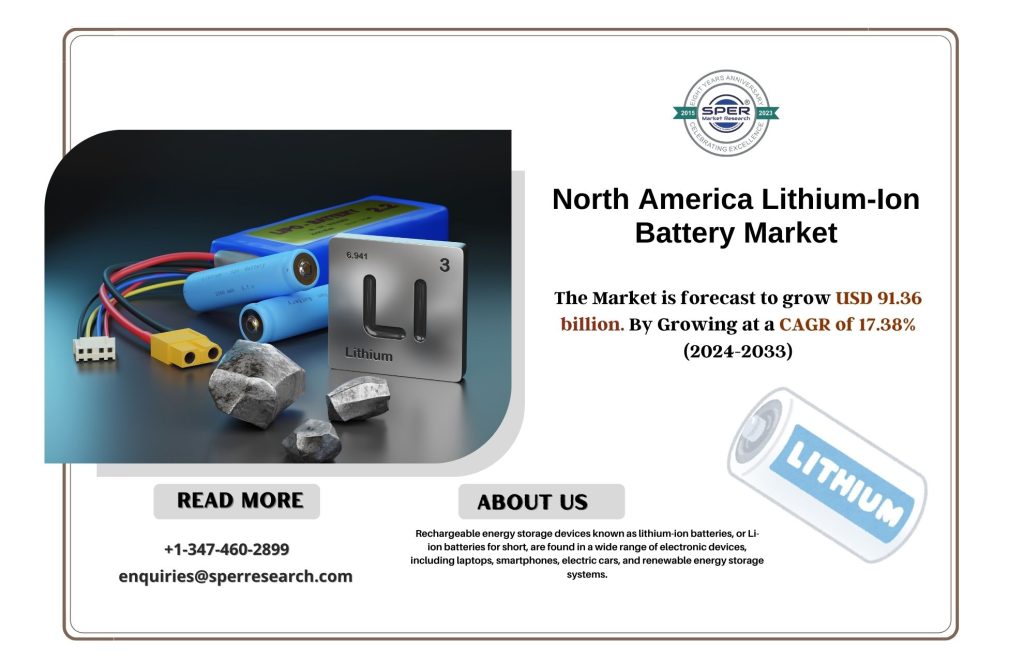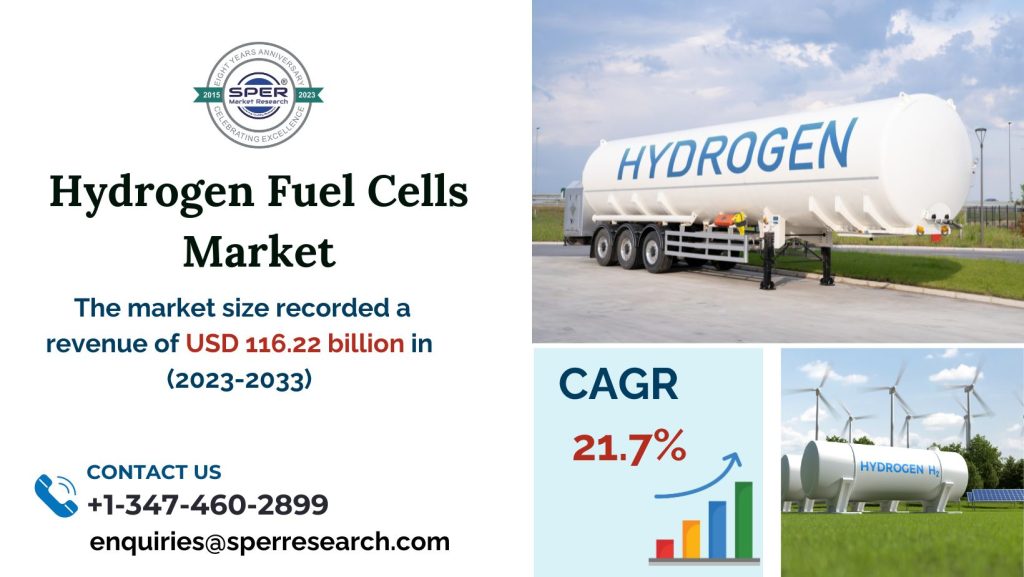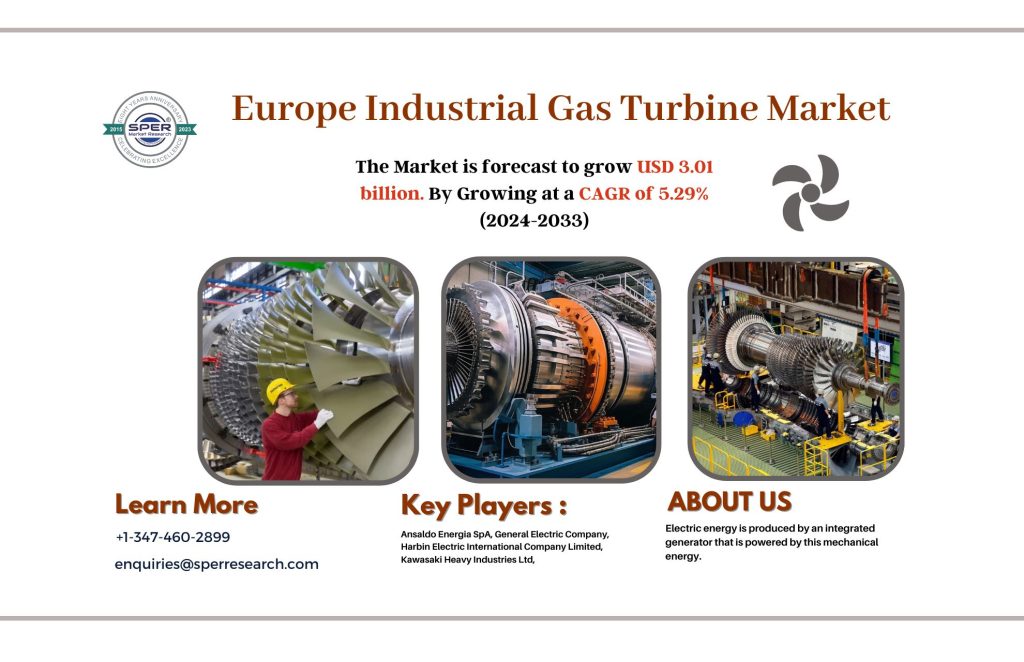Distributed energy storage, or DES, is the use of power storage devices near end consumers that can respond quickly and supply energy as needed. Distributed energy storage systems are installed in close proximity to the end users, such as in residences or commercial buildings. Even though this technology has been around for a while, technological developments have made it possible for this type of energy storage to comply with all applicable laws and regulations. The two most important components of the system are the DC-charged batteries and the bi-directional inverter. This energy storage device works perfectly with the smart grid’s energy delivery.
According to SPER market research, ‘Distributed Energy Storage System Market Size- By Capacity Type, By Battery, By Application, By End User- Regional Outlook, Competitive Strategies and Segment Forecast to 2033’state that the Global Distributed Energy Storage System Market is predicted to reach USD 13.67 billion by 2033 with a CAGR of 9.89%.
With the help of a bi-directional inverter and DC-charged batteries, the Distributed Energy Storage System (DESS) provides energy storage appropriate for shipping and transit under challenging conditions. The necessity for storing excess renewable energy has increased because to the global spike in electricity consumption, especially from renewable sources. This rising demand as well as the expanding importance of energy storage in hybrid, wind, and solar renewable energy systems are driving the DESS industry. Distributed energy systems are also in demand as a result of environmental concerns driving a shift to renewable energy and grid operators’ acceptance of it for upcoming smart grid applications. Further boosting market growth possibilities is the widespread use of distributed energy storage systems (DES) in microgrid management systems for renewable energy. These systems address load variations and improve power quality and regulation.
Request For Free Sample Report @ https://www.sperresearch.com/report-store/distributed-energy-storage-system-market.aspx?sample=1
While the market for distributed energy storage systems is expanding, thermal runaway is one of the main issues with lithium-ion batteries. Excessive voltage, mechanical failures or damage, and internal cell flaws are the main reasons of thermal runaway. Thermal runaway is characterised by high temperatures, gas buildup, and potentially catastrophic battery cell rupture that causes fire or explosion. Thermal runaway can propagate from one cell to the next and inflict greater damage if it is not stopped. Thus, it is anticipated that in the years to come, this factor will limit market growth.
COVID Impact: The COVID-19 outbreak is having an impact on the global power industry. Many of the world’s leading manufacturers of gadgets have been forced to shut down their operations and facilities as a result of the current circumstances; some have even gone so far as to impose total lockdowns in an attempt to contain the epidemic. The COVID-19 pandemic has led to a significant reduction in power consumption, even while residential building electricity use has increased. Every government in the world was compelled to restrict commercial activities in order to mitigate the damage caused by the coronavirus. The short-term decline in business operations has a negative impact on distributed energy resource management system solutions.
Additionally, some of the market key players are ABB Ltd, Advanced Control Systems, LLC, Hitachi, Ltd, The General Electric Company, Jabil Inc, Others.
Distributed Energy Storage System Market Segmentation:
By Capacity Type: Based on the Capacity Type, Global Distributed Energy Storage System Market is segmented as; Single-phase Type, Three-Phase Type, Double-phase Fire Line Type.
By Battery: Based on the Battery, Global Distributed Energy Storage System Market is segmented as; Nickel-Cadmium, Lead Acid, Lithium-Ion, Others.
By Application: Based on the Application, Global Distributed Energy Storage System Market is segmented as; Transportation, Grid Storage, Renewable Energy Storage, Others.
By End User: Based on the End User, Global Distributed Energy Storage System Market is segmented as; Commercial, Residential.
By Region: This report also provides the data for key regional segments of North America, Asia-Pacific, Latin America, Middle East & Africa and Europe.
This study also encompasses various drivers and restraining factors of this market for the forecast period. Various growth opportunities are also discussed in the report.
For More Information, refer to below link:-
Distributed Energy Storage System Market Scope
Related Reports:
Follow Us –
LinkedIn | Instagram | Facebook | Twitter
Contact Us:
Sara Lopes, Business Consultant – U.S.A.
SPER Market Research
+1-347-460-2899









